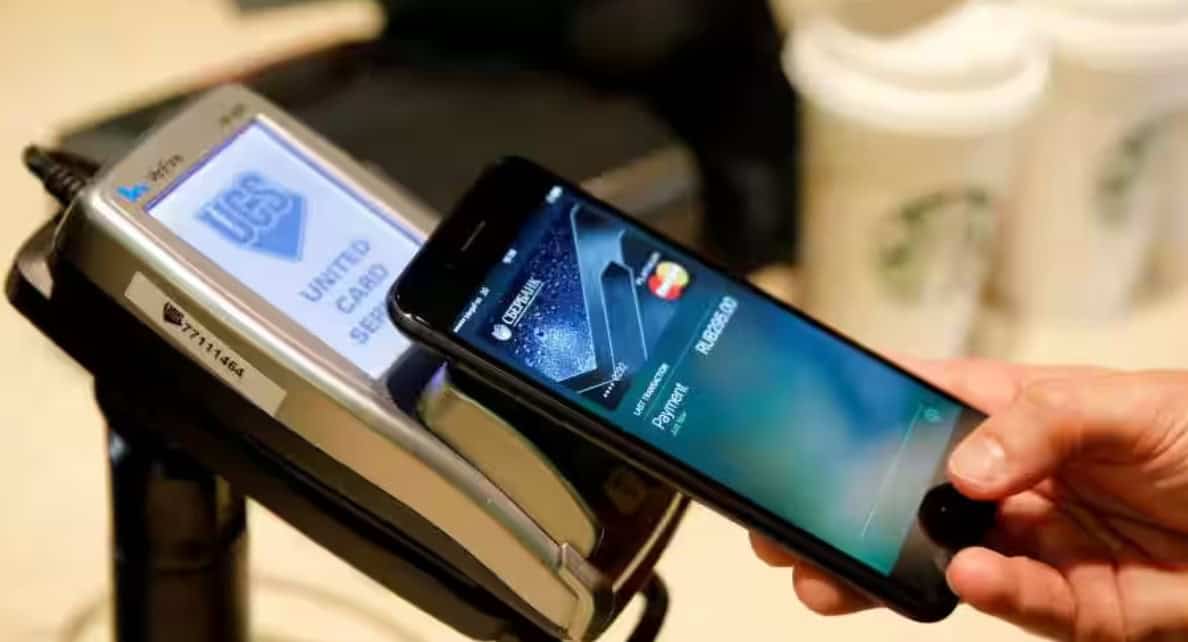The ease of buy now, pay later (BNPL) services offered a tempting alternative to credit cards for holiday shopping, but the post-holiday reality is proving harsh for many Americans struggling to repay their festive debts.
Kelly Andersen, a Los Angeles copywriter, exemplifies this predicament. Despite never missing a payment before, she’s now buried under $1,700 in BNPL debt from Klarna and PayPal purchases, resorting to selling clothes and shoes to make ends meet. “It’s definitely a concern,” she confessed to CNBC.
BNPL usage surged 14 per cent over the holidays, contributing $16.6 billion to online spending. However, with inflation and record interest rates squeezing budgets, holiday cheer has given way to financial anxieties for many who relied on BNPL.
While BNPL proponents tout its interest-free nature compared to credit cards, Ted Rossman of Bankrate tells CNBC of overspending temptations: “It can still encourage you to overspend and kind of trick yourself.” This concern resonates with Alaina Fingal, a financial coach, who saw a tenfold increase in clients seeking help after overspending with BNPL.
The opacity surrounding BNPL adds to the worry. Unlike credit cards, BNPL debts aren’t reported to credit bureaus, making it difficult to gauge delinquency rates. Klarna claims a global default rate below 1 per cent, but independent data is scarce. This lack of transparency fuels concerns about a potential “phantom debt” crisis, as Andersen jokingly compared it to the 2008 housing bubble.
The Consumer Financial Protection Bureau (CFPB) study sheds some light, revealing that BNPL users are twice as likely to be delinquent on other credit products and tend to have lower credit scores. This suggests a potential link between BNPL and broader financial struggles.
Consumers themselves express mixed feelings about BNPL. While some on social media praised it for enabling gift-giving, others vowed to ditch it after facing overdraft fees and even using rent money for repayments. Hensley Resiere, a loyal Klarna user, acknowledges the potential pitfalls but insists on being the “bigger beast” by managing her payments responsibly.
Branika Pride, a mom of three, used BNPL for holiday gifts like a PlayStation 5 and concert tickets. While appreciative of the service’s flexibility, she admits it can encourage overspending and hinder long-term financial goals. “Every year I say I don’t want to take it into the New Year,” she says with a hint of resignation.
The surge in BNPL use raises concerns about its long-term impact on Americans’ financial health. While its convenience and interest-free appeal are undeniable, its potential to exacerbate debt problems and financial instability can’t be ignored. As more people embrace BNPL, responsible usage and clear regulations are crucial to prevent holiday cheer from turning into a year-long financial hangover.

